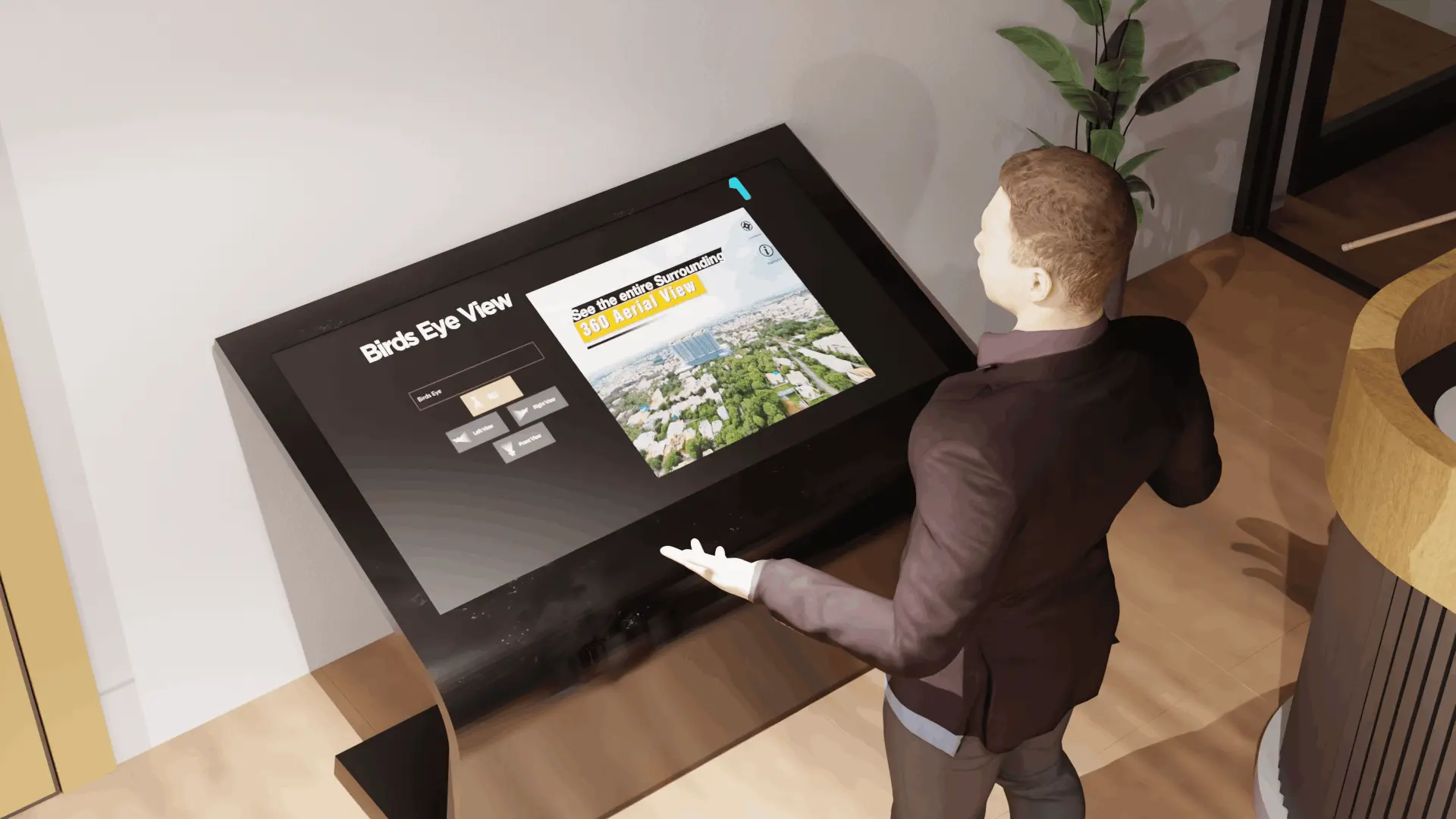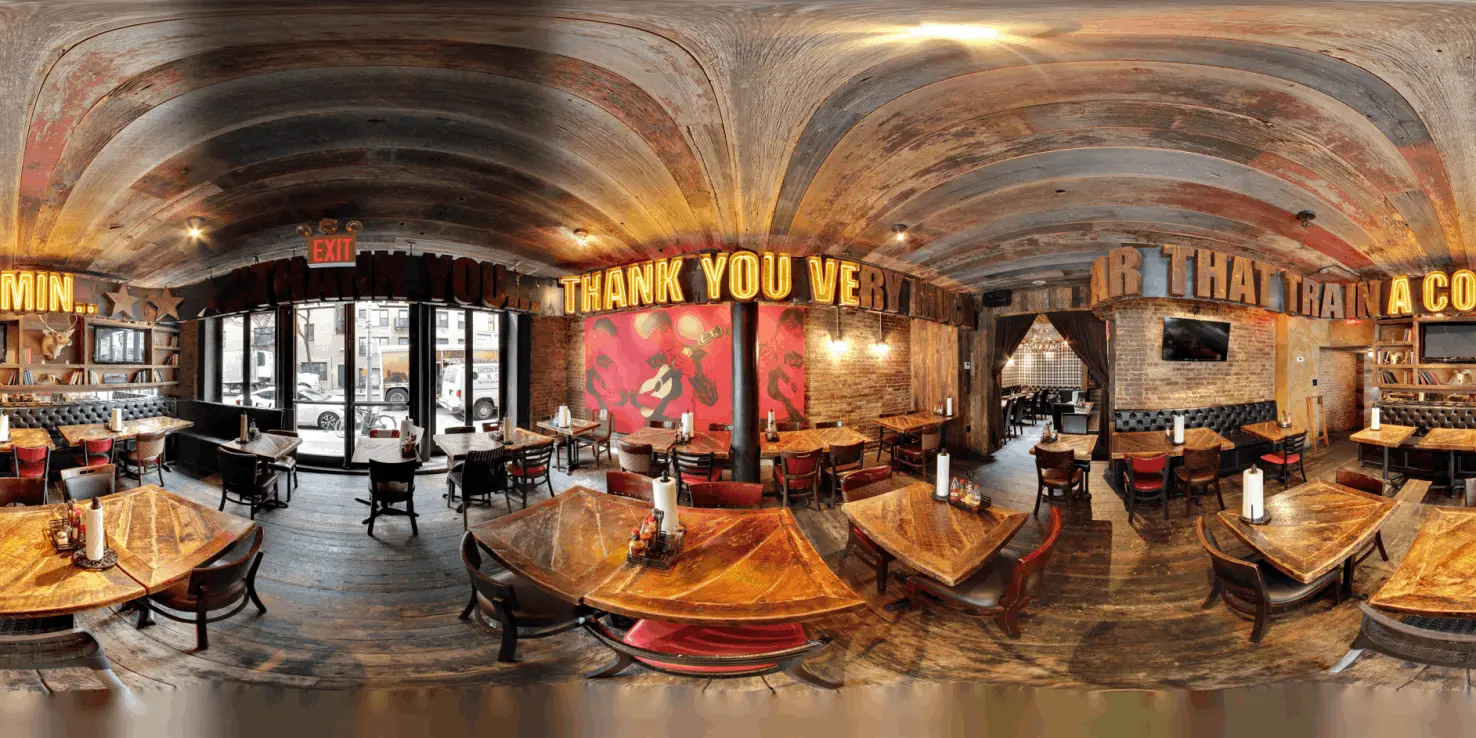The Future of ArchViz: Why Real Estate Clients Want Interactive 3D Experiences


As the real estate industry undergoes rapid digital transformation, traditional marketing tools like static photos, brochures, and floor plans are becoming insufficient to capture buyers' interest. Modern clients expect immersive, interactive 3D experiences that allow them to explore properties in detail before making a decision. High-quality virtual tours, 3D renderings, and augmented reality walkthroughs provide a realistic sense of space, design, and layout, enabling buyers to visualize their future homes with greater clarity. These digital tools not only enhance customer engagement but also streamline the decision-making process, reducing the need for multiple site visits. Developers leveraging these advanced technologies gain a competitive edge by offering a more transparent and convenient buying experience. Additionally, interactive 3D models can showcase properties in various lighting conditions, furnish empty spaces virtually, and even present multiple design options. This innovative approach helps attract tech-savvy buyers, increase conversion rates, and create stronger emotional connections with potential homeowners. By embracing digital innovation, real estate professionals can redefine property marketing and stay ahead in a highly competitive market.
Interactive 3D experiences allow prospective buyers to virtually explore properties with a level of detail that traditional marketing methods cannot match. Real-time visualization tools, 360° tours, and virtual walkthroughs provide an immersive experience, enabling buyers to navigate rooms, examine layouts, and assess design elements from anywhere. This technology fosters a stronger emotional connection by helping buyers visualize themselves in the space, making it feel more personal and tangible. Additionally, these tools enhance decision-making by offering a realistic sense of scale and ambiance, reducing uncertainties. By integrating these advanced visualization techniques, real estate professionals can engage buyers more effectively, streamline the purchasing process, and ultimately drive higher sales conversions.

Source: OneToBeam
Many buyers struggle to visualize the final look of a property, making it challenging to connect emotionally with an unfinished or unfurnished space. Interactive configurators solve this issue by allowing users to customize various elements in real time, such as furniture arrangements, wall colors, flooring, and lighting. This level of personalization helps buyers see the property as their future home, fostering a deeper connection and boosting confidence in their choices. By experimenting with different design options, they can make informed decisions without the need for physical modifications, reducing hesitation and accelerating the buying process. These dynamic tools not only enhance customer engagement but also provide developers and real estate agents with a powerful way to showcase a property's full potential, ultimately increasing conversion rates and satisfaction levels.
Traditional real estate sales rely heavily on static renderings and in-person inspections, which often leave buyers with unanswered questions about a property's true look and feel. While these methods provide valuable insights, they can sometimes fail to offer a comprehensive understanding of the space, leading to uncertainty and hesitation. Interactive 3D solutions revolutionize the buying process by allowing clients to explore every inch of a property in a highly detailed and immersive manner. With real-time walkthroughs, 360° views, and customizable elements, buyers can assess layouts, visualize different design possibilities, and experience the space as if they were physically present. This level of interaction not only enhances engagement but also builds confidence, reducing last-minute doubts and indecision. By offering a clearer, more transparent representation of the property, these tools help speed up the sales process and improve customer satisfaction. Additionally, virtual tours save time for both buyers and sellers by minimizing unnecessary site visits and enabling remote decision-making. As a result, real estate professionals who embrace interactive 3D technology gain a competitive edge in an increasingly digital marketplace.
With the rise of online real estate transactions, geographical boundaries are no longer a limitation for buyers and investors. Interactive 3D solutions enable clients to explore properties remotely, providing an immersive and realistic experience from anywhere in the world. This technology is particularly beneficial for international investors, who can assess properties in detail without the need for costly and time-consuming travel. High-quality virtual tours, 360° walkthroughs, and real-time customization options give buyers confidence in their purchasing decisions, leading to faster sales and reduced hesitation. By making properties accessible to a global audience, real estate professionals can expand their market reach, attract foreign investments, and stay competitive in an increasingly digital industry.

Source: OneToBeam
Developers set themselves apart from competitors by incorporating interactive 3D experiences into their marketing strategies, offering potential buyers an engaging and immersive way to explore properties. These advanced visualization tools, including virtual tours, real-time configurators, and 360° walkthroughs, provide a deeper understanding of a property's design, layout, and potential. By enhancing buyer engagement and confidence, developers can significantly increase lead generation and conversion rates. Interactive 3D experiences also reflect a commitment to innovation and customer satisfaction, demonstrating a forward-thinking approach that aligns with modern consumer expectations. Buyers appreciate the convenience of exploring properties remotely, customizing elements to their preferences, and making informed decisions with minimal uncertainty. Additionally, these technologies help streamline the sales process by reducing the need for multiple physical visits and speeding up decision-making. By leveraging immersive 3D solutions, developers not only enhance their brand reputation but also create a more dynamic and competitive presence in the real estate market. Ultimately, integrating these tools ensures a more personalized and seamless buying experience, fostering trust and long-term client relationships.
As technology continues to evolve, real estate developers and marketers must adapt to meet the changing demands of modern buyers. Interactive 3D visualization has transitioned from being a luxury to an essential tool in property marketing, offering clients an immersive and highly detailed way to explore properties before they are built. These advanced solutions, including virtual tours and real-time customization features, enhance engagement by allowing buyers to visualize layouts, finishes, and design options with ease. By investing in interactive 3D tools, developers can significantly boost pre-sales by attracting more potential buyers and providing them with greater confidence in their purchasing decisions. This technology also streamlines the sales process, reducing hesitation and accelerating conversions. Furthermore, a seamless and engaging digital experience fosters stronger connections between buyers and properties, increasing overall satisfaction. As the real estate industry becomes more digitally driven, embracing 3D visualization ensures a competitive edge and long-term success in an increasingly tech-savvy market.